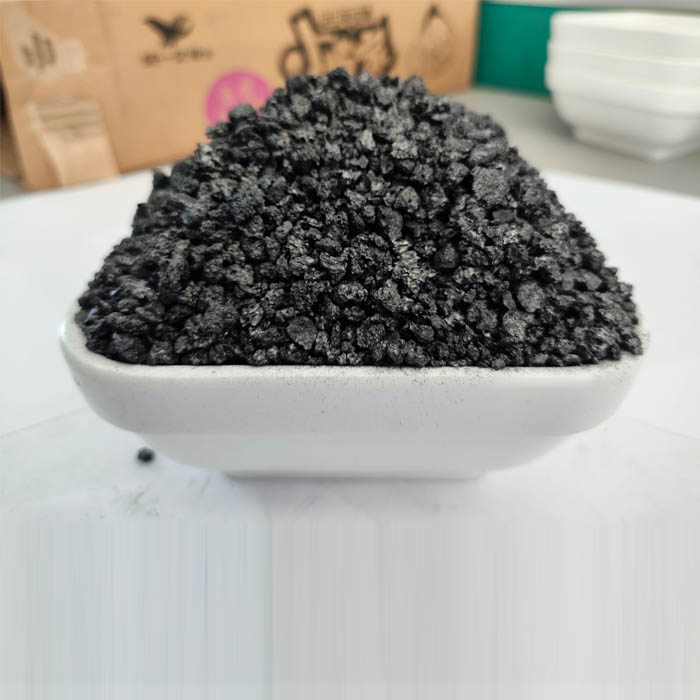Dec . 09, 2024 17:14 Back to list
Top Effective Thermal Insulation Solutions for Building Walls and Energy Efficiency
High-Quality Thermal Insulation Materials for Walls
In modern construction, achieving energy efficiency is a primary concern for builders and homeowners alike. One of the most effective ways to enhance energy efficiency in buildings is through the use of high-quality thermal insulation materials for walls. These materials help regulate indoor temperatures, reduce energy consumption, and enhance comfort. This article explores various high-quality thermal insulation materials suitable for wall applications, their benefits, and considerations for their use.
Types of High-Quality Thermal Insulation Materials
1. Fiberglass Insulation One of the most popular insulation materials, fiberglass is made from fine glass fibers. It is available in batts, rolls, and loose-fill forms. Fiberglass is lightweight, cost-effective, and has a high thermal resistance (R-value), making it an excellent choice for walls. It is non-combustible and resistant to moisture, but care should be taken during installation to avoid skin irritation from the fibers.
2. Foam Board Insulation Rigid foam boards, made from expanded polystyrene (EPS), extruded polystyrene (XPS), or polyisocyanurate, provide excellent thermal resistance. Foam boards are often used in exterior wall applications due to their high R-value per inch and moisture resistance. They can be installed in new constructions or as retrofits to enhance existing wall systems.
3. Spray Foam Insulation Available in open-cell and closed-cell varieties, spray foam insulation is applied using a specialized spray technique. This material expands on application, filling gaps and creating an air-tight seal around wall structures. Closed-cell spray foam has a higher R-value and provides excellent moisture resistance, making it suitable for areas with high humidity. Its ability to conform to complex shapes ensures maximum coverage and thermal protection.
4. Mineral Wool (Rock Wool or Slag Wool) Mineral wool insulation is made from natural or recycled materials, including basalt or steel slage. Known for its fire-resistant properties and sound absorption capabilities, mineral wool is an environmentally friendly option. It also withstands moisture, which helps prevent mold growth, making it ideal for walls in humid climates.
5. Cellulose Insulation Made from recycled paper products treated with fire retardants, cellulose insulation is an eco-friendly option. Often installed as loose-fill, cellulose offers good thermal performance and is particularly effective at reducing air infiltration. It can be blown into wall cavities, providing comprehensive coverage and is a great choice for retrofitting existing walls.
high quality thermal insulation materials for walls

Benefits of High-Quality Thermal Insulation Materials
Using high-quality thermal insulation materials in walls presents numerous advantages. Firstly, they significantly reduce heat loss in winter and keep interiors cool in summer, leading to lower energy bills. As a result, buildings become more sustainable and environmentally friendly by reducing the carbon footprint associated with heating and cooling.
Secondly, proper insulation contributes to a more comfortable living environment by maintaining consistent indoor temperatures. This results in better air quality and reduced instances of condensation and mold growth, which can harm health.
Additionally, materials like mineral wool and fiberglass offer soundproofing benefits, reducing noise transfer between rooms and outside.
Considerations for Choosing Insulation Materials
When selecting insulation materials for walls, several factors need to be considered. The climate in which the building is located plays a crucial role, as different materials perform better in varying temperature ranges. Additionally, the material cost, installation method, and any local building codes or regulations should be considered.
Moreover, consider the environmental impact of the insulation material. Eco-friendly options like cellulose and mineral wool not only provide excellent thermal performance but also contribute to sustainability efforts in construction.
In conclusion, high-quality thermal insulation materials for walls are essential for creating energy-efficient, comfortable, and sustainable buildings. By understanding the various options available and their respective benefits, builders and homeowners can make informed decisions that enhance the performance and longevity of their structures.
-
Fe-C Composite Pellets for BOF: Enhance Steelmaking Efficiency
NewsAug.07,2025
-
Eco-Friendly Granule Covering Agent | Dust & Caking Control
NewsAug.06,2025
-
Fe-C Composite Pellets for BOF: High-Efficiency & Cost-Saving
NewsAug.05,2025
-
Premium Tundish Covering Agents Exporters | High Purity
NewsAug.04,2025
-
Fe-C Composite Pellets for BOF | Efficient & Economical
NewsAug.03,2025
-
Top Tundish Covering Agent Exporters | Premium Quality Solutions
NewsAug.02,2025
